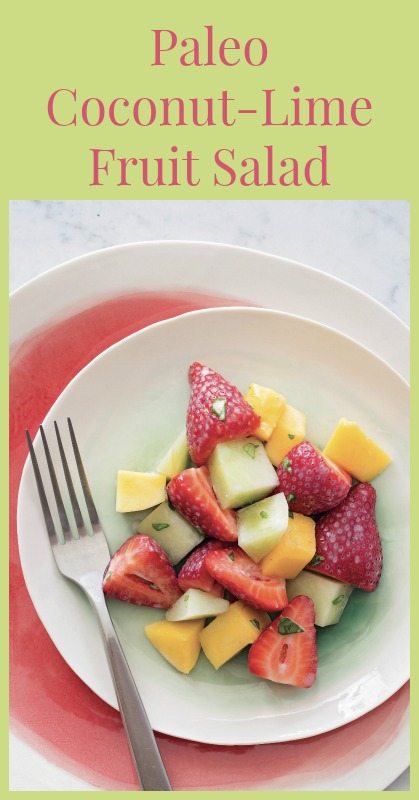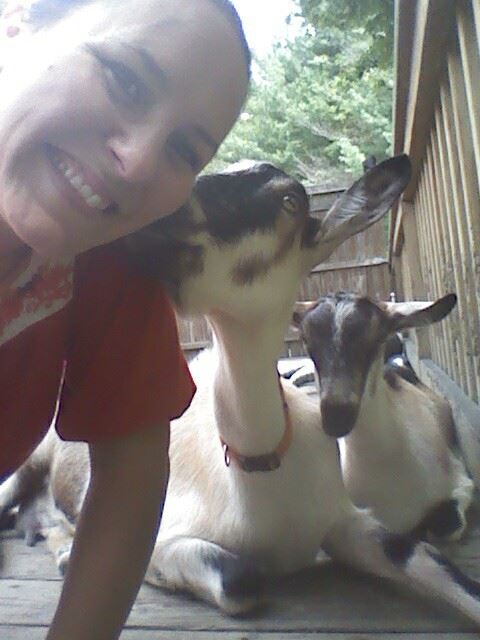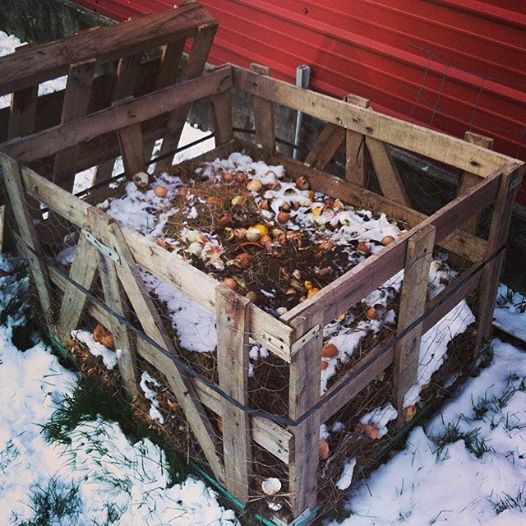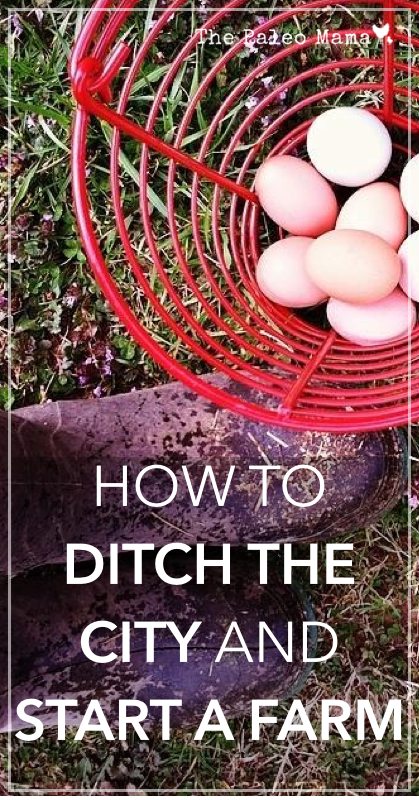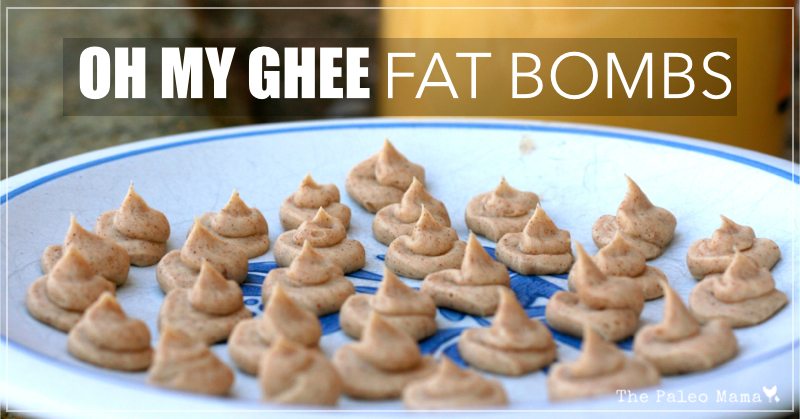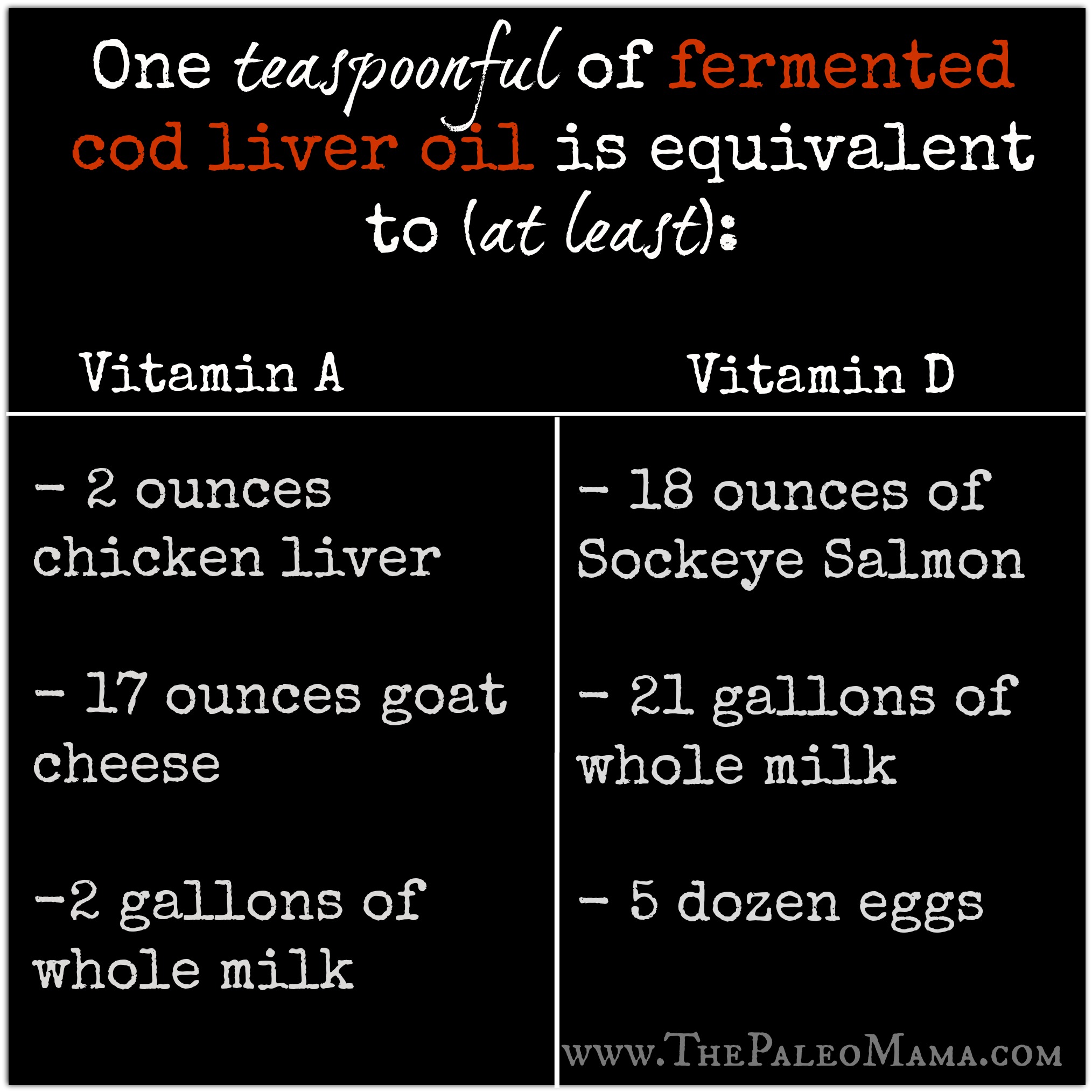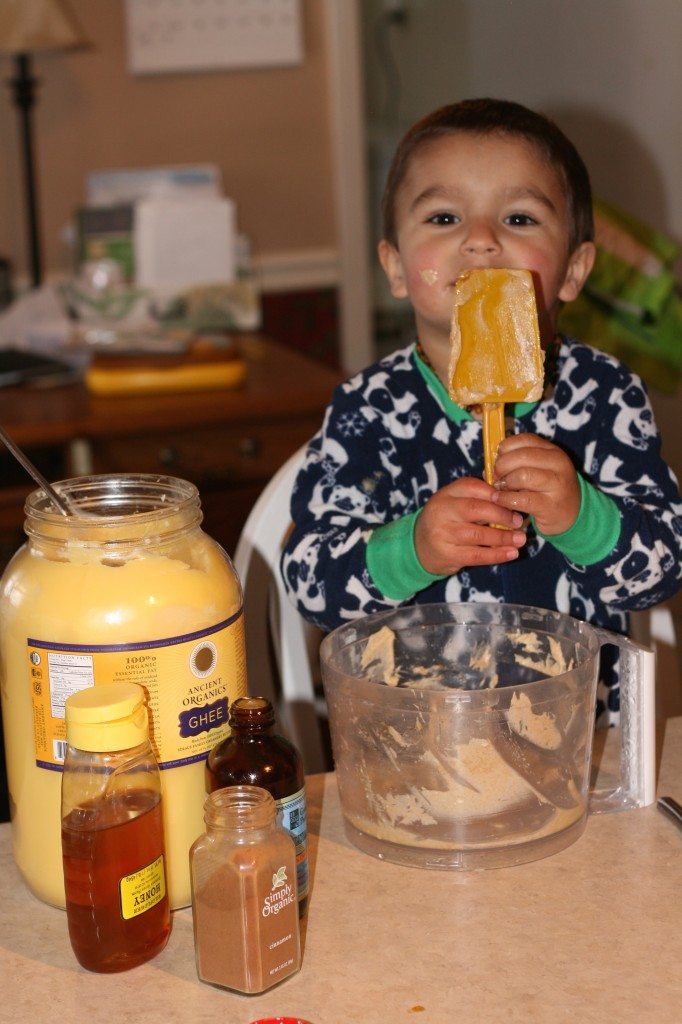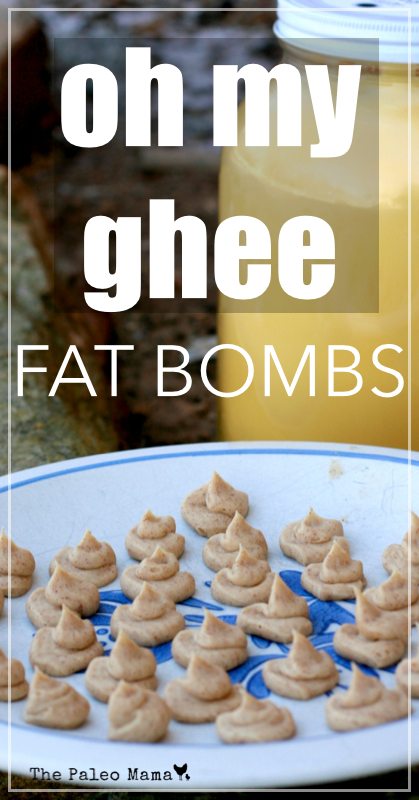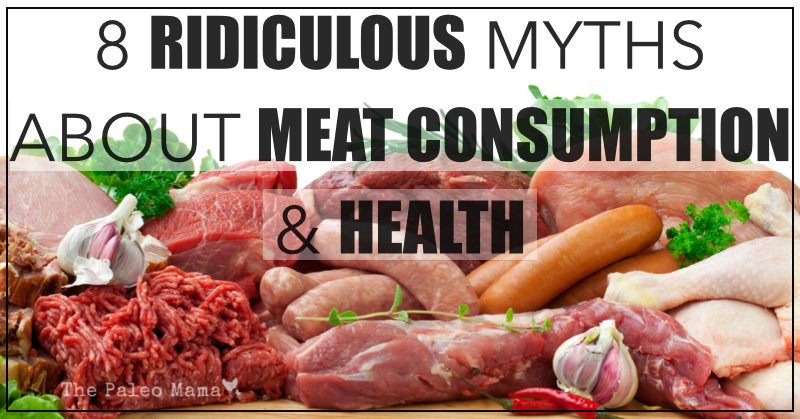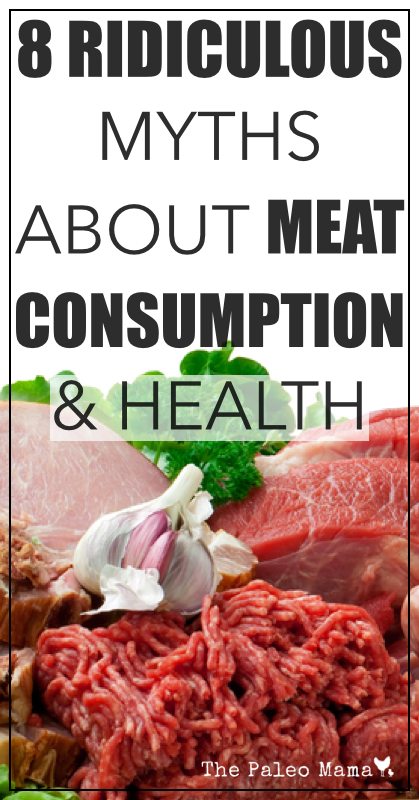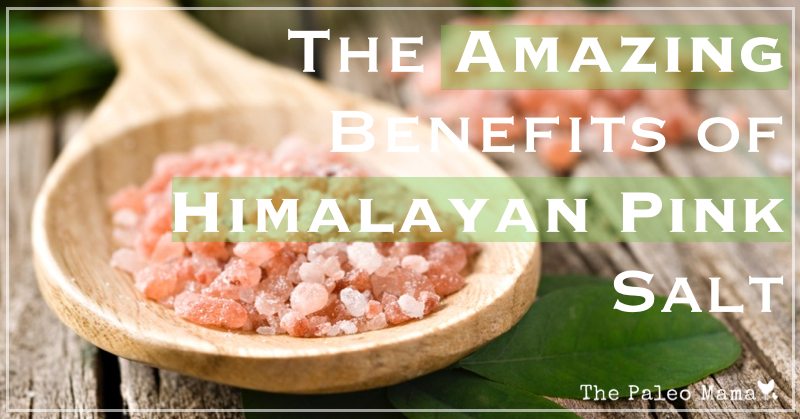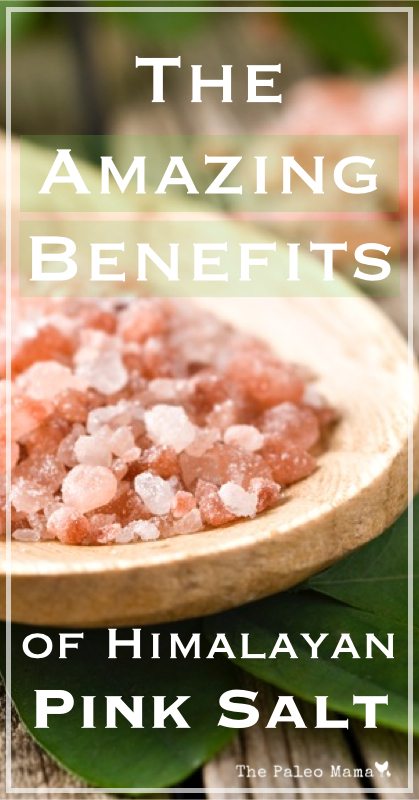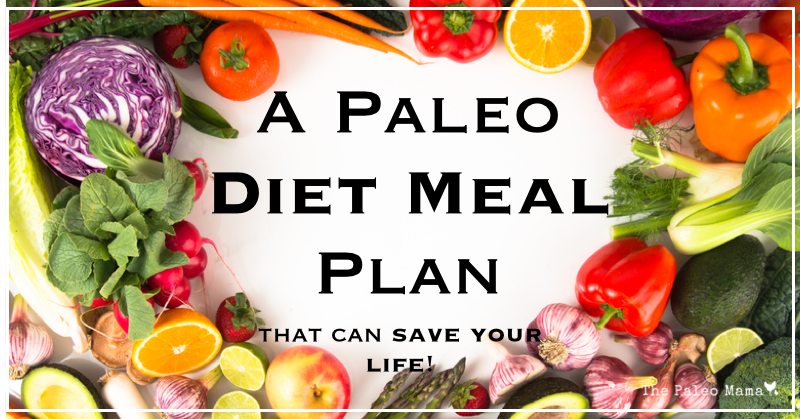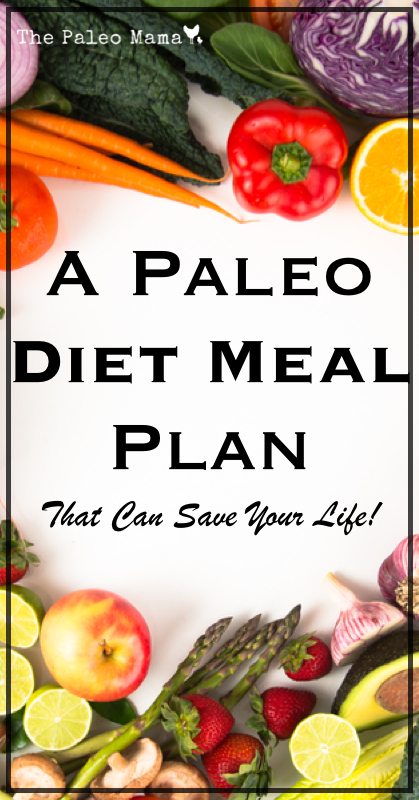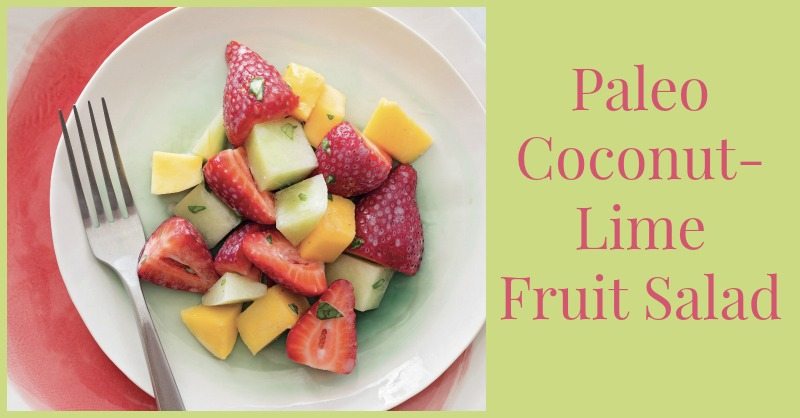
I’m so excited to have Arsy from Rubies & Radishes sharing a beautiful and delicious spring recipe with all my readers! Arsy creates some of the most amazing Paleo recipes I have ever seen! She has two Paleo cookbooks out, The Paleo Slow Cooker, and a BRAND new one, The Paleo Foodie! Her unique cultural flare gives all her recipes a distinct Arsy touch and I am so delighted that she is offering to share one of her favorites from The Paleo Foodie Cookbook!
Coconut-Lime Fruit Salad from The Paleo Foodie Cookbook
The coconut-lime dressing adds a tropical feel to this lightly dressed fruit salad, making it a perfect addition to a spring brunch or picnic. It’s also a great way for busy moms to prepare a healthy and exciting snack.
The coconut milk in this recipe adds a nourishing source of fat and additional nutrients to the fruit salad. The addition of the fat tends to keep you full longer too! I highly recommend using homemade coconut milk or choosing a brand of coconut milk that uses BPA-free packaging and does not add any gums or preservatives.
This recipe is easy to make and packed with flavor. It is a toddler favorite in our household.
This Coconut-Lime Fruit Salad is from the newly released cookbook, The Paleo Foodie. The Paleo Foodie is filled with gourmet yet simple to make Paleo recipes with fresh and vibrant flavors.
Click here to buy the newly released Paleo Foodie Cookbook today!
Coconut-Lime Fruit Salad
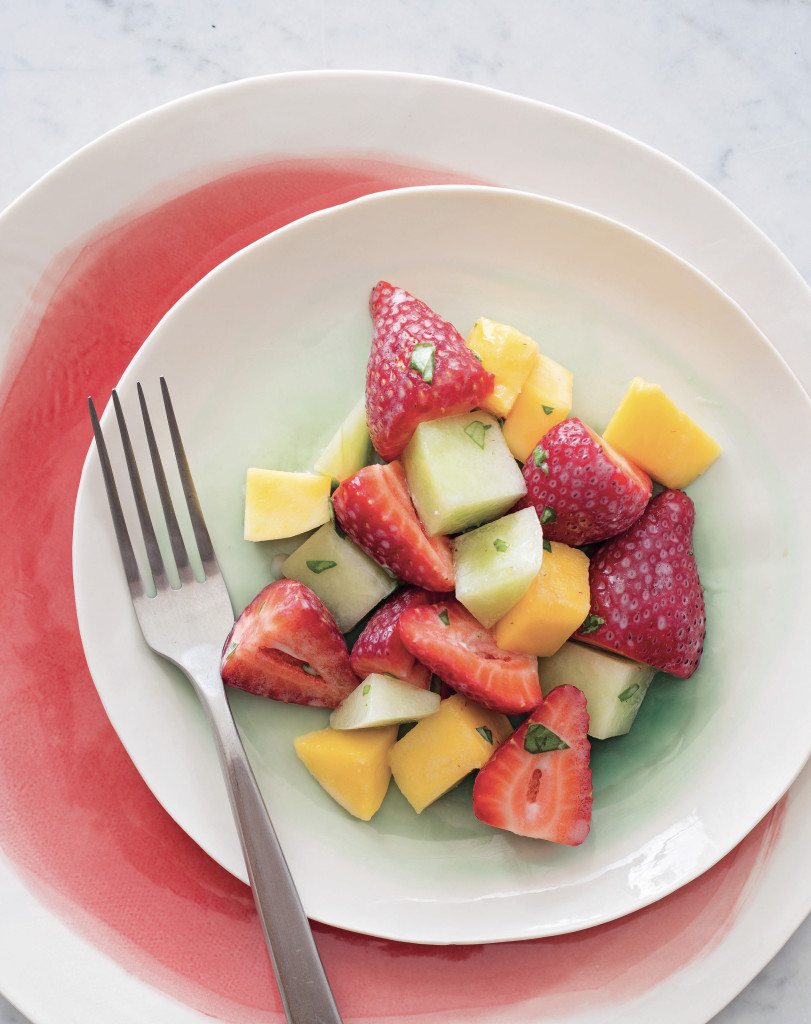
Ingredients
- 2 cups strawberries, halved
- 2 cups honeydew melon, chopped into 1-inch cubes
- 1 mango, chopped
- 1⁄4 cup coconut milk
- 4 teaspoons fresh lime juice
- 2 teaspoons fresh basil, chopped
- 1⁄2 teaspoon raw honey
- dash of sea salt
Cooking Instructions
- Combine strawberries, honeydew and mango in a medium-sized bowl.
- In small bowl, whisk together coconut milk, lime juice, basil, honey and sea salt.
- Pour over fruit and serve.
Click here to buy the newly released Paleo Foodie Cookbook today!

